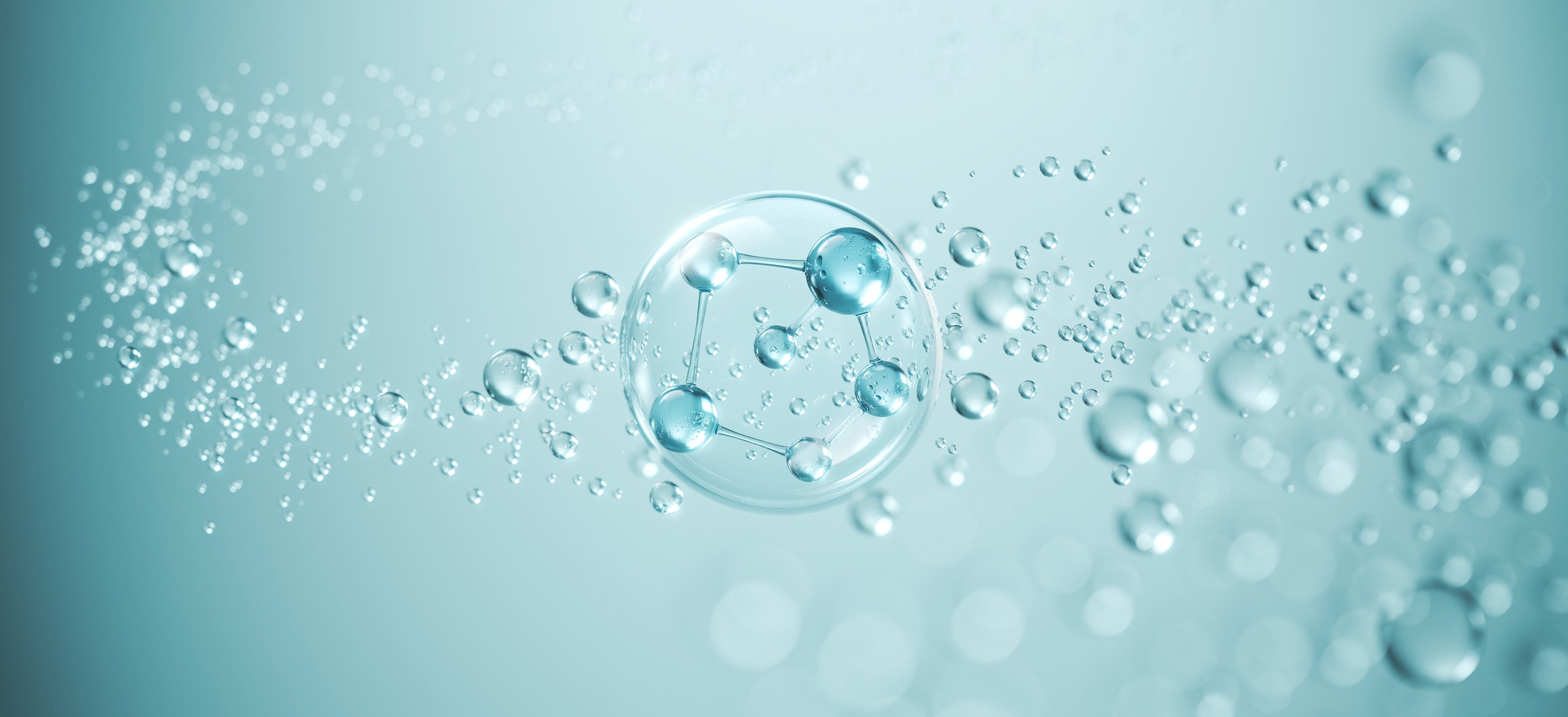Beyond Electricity Exploring AI through Physical Reservoir Computing

In a groundbreaking study that challenges the traditional boundaries of artificial intelligence (AI), a team of physicists at Leipzig University has introduced a novel concept that eschews conventional digital computation for a more elemental approach.
This pioneering research, which straddles the disciplines of physics, computer science, and engineering, leverages the unique properties of active colloidal particles to perform complex computations. By tapping into the inherent dynamics of these microparticles, the researchers have unveiled a new horizon in AI, promising advancements that could redefine how we think about and implement neural networks. This article delves into the core of their discovery, exploring the mechanics of this innovative neural network and its potential implications for the future of computing and AI.
Researchers at Leipzig University have made a significant breakthrough in artificial intelligence (AI) by developing an innovative neural network that operates using active colloidal particles instead of traditional electricity-based systems. This novel approach, detailed in a study published in Nature Communications, leverages microparticles to create a physical system capable of AI computations and time-series predictions.
The team, led by Professor Frank Cichos, has ventured into physical reservoir computing, a field that harnesses the dynamics of various biological processes for computational purposes. Unlike conventional neural networks that rely on digital circuits and microelectronics, Cichos' group utilises synthetic self-propelled particles, mere micrometres in size, to perform complex calculations. Intricately designed with plastic and gold nanoparticles, these particles exhibit unique rotational behaviours when stimulated by laser light, providing a dynamic foundation for the neural network's operations.
Dr. Xiangzun Wang, a member of the research team, elaborates on the functionality of these microscale units. Each unit acts as an information processor within the more extensive network, termed the reservoir. The network's computational output is encoded in the rotational motion of the particles, which is modulated by input signals. This innovative approach necessitates a training phase for the system to refine its computational abilities, akin to the learning process of more conventional neural networks.
A significant focus of their research was the impact of noise on the system's performance. Given the minuscule size of the colloidal particles and their suspension in water, the system is inherently susceptible to noise, predominantly in the form of Brownian motion. This type of noise presents a considerable challenge to the stability and reliability of reservoir computing systems, often necessitating larger reservoirs to counteract its effects.
However, the Leipzig team has pioneered a method to mitigate this noise by incorporating the reservoir's past states into its computations. This innovative technique enhances the system's performance under noisy conditions, allowing for the use of smaller reservoirs without compromising computational accuracy. Professor Cichos underscores the dual significance of their findings: they advance the integration of active matter in information processing and offer a novel strategy for optimising reservoir computing by minimising the detrimental impact of noise.
As we stand on the brink of this new computational frontier, it is clear that the exploration of physical processes as computational resources is still in its infancy, with vast potential for growth and innovation. The work of Professor Cichos and his team not only contributes valuable knowledge to the field of AI but also inspires a reimagining of what is possible, encouraging future researchers to look beyond the silicon chip for the next breakthrough in computing and artificial intelligence.
COMPANIES TO WATCH:
Nanopore, Silence Therapeutics, M Squared
Author:
Arnold Kristoff
Content Producer and Writer





